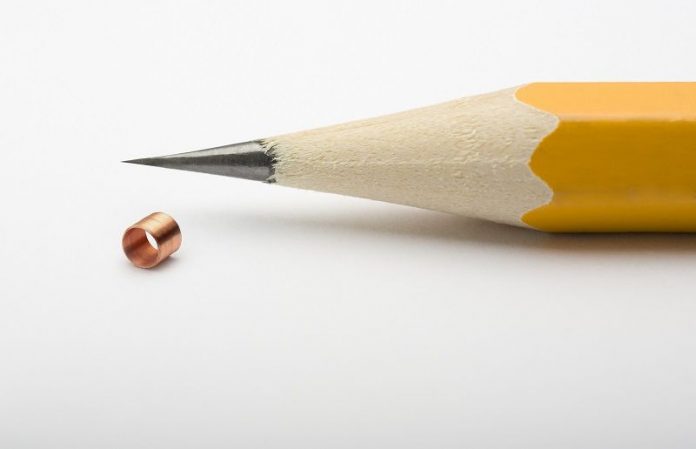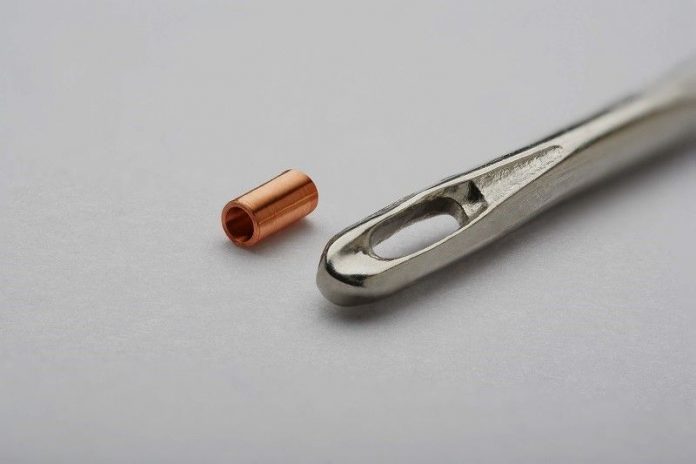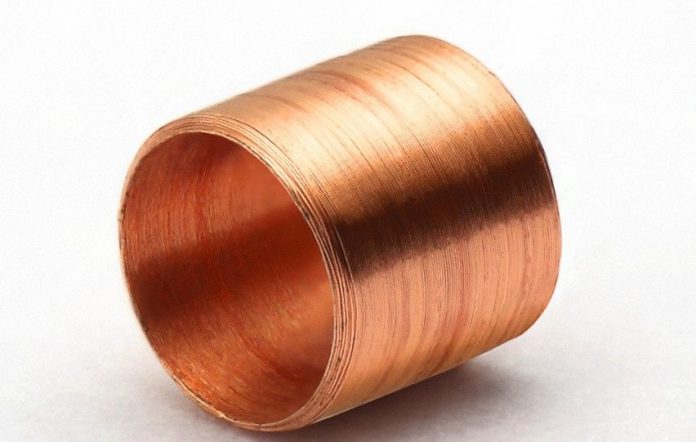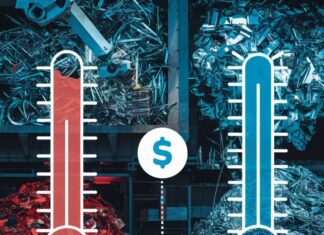There is no denying the technological advancements in the field of medicine have gone through in recent times. Advanced winding technology is one of them. Yes, the term might sound a little off track considering medical science. However, a closer look into the subject, and you’ll learn how crucial they are in the medical arena.
Through this article let’s explore the term, advanced winding technology and how it is the future for medical devices. We will also understand the process involved in manufacturing winding coils and their application in numerous medical fields. There are also challenges faced by the manufactures and distributes of winding coils that we will discuss as well. In short, here is everything you need to know about winding technology.
Explaining advanced winding?
The process of advanced winding involves the manufacturing of tiny coils that further apply in varied cardiovascular devices, diagnostic machines, and more. The use of such coils has recently become the most necessary element in many medical devices. The more doctors and medical faculties know about its advantages, the more they want to use it. Other purposes involve the use of the coil in day-to-day medical instruments like hearing aids, blood pressure measurement, pacemakers, and more. Throwing some light upon the manufacturing process itself, let’s take a close look at advanced winding.
Winding Process and Manufacturing – Explained
RF coils in the winding process through these steps:
- Before the actual manufacturing begins, the designers at institutes use varied modeling and simulation devices. It includes a Sweden-based device called COMSOL Multiphysics to test out the proposed design of the coil. The same becomes highly necessary for machines like MRI. Many critical questions get an answer here. The specific count of coil windings required for the particular device to the cross-section of the attached wires and the dimensions available for exact placement of the core, among the many questions. The results from these simulation tests pretty much sum up how the winding process and coiling are going to appear. If an error appears in the simulation, the final output will have faults in many ways.
- After a successful simulation test, we move on to the second step of the manufacturing process. Based on the results from the tests, a decided core. Factors inducing the quality and type of material, the size of the core, and more taken into account. Varied devices and each device demand a separate medieval core. So, picking the right one is mandatory.
- After finalizing the core, the winding process now begins. Copper wires being insulated wound across the core. How many turns do you ask? Again, we go back to the first test where such questions predetermine. Hence, only a specific number of times, depending on the device, the core is wound across the core. The process is highly automated and uses some of the most efficient techniques to wind the copper wire around a core. Orthocyclic winding is another name you can give this process.
- Once the winding is complete, the final products move to the testing phase where it is tensed and varied devices and checked for any issues or alterations.
Since being made for medical devices, the room for error in the entire winding process has to stabilize next to zero. A single default in manufacturing can cause lives, it’s that simple. Hence, from the simulation to the testing phase, everything there is about winding and manufacturing of coils is done under highly supervised guidance and very carefully.
The process is surely difficult. The machinery used and technology needed to make this happen also demands a great appreciation. Such efficiency also comes at a cost. There are manufacturers of RF coils that use advanced winding techniques. They face constant difficulties and find many hurdles in the entire process. What are these challenges they face? Let’s put that under our microscope.
Challenges of Advanced Winding Technology Adapters
Let’s start with the very basic technological demand that manufacturers of RF coils need. It is obvious, the room for any sort of error is next to nothing. With so much decision in demand, the task is not for a human. Hence, drastic automation should be in place. What does that mean? It’s an added cost. The technology that winds coils on such a microscopic level doesn’t come easily. Hence, manufacturers have to invest heavily in automation.
Once the machines are in place, then comes the clients. There comes a fundamental issue with clients in need of these RF coils. Every device isn’t the same shape and size as the coil. What does that mean for the manufacturer? They have to constantly reinvent and adjust to make sure each coil is specific to a device. The bottom line for such a process becomes the rising cost. The manufacturers do not have a firm grip on the cost. The more variations required to manufacture varied coils, the more simulations, and tests the winding process has to go through. Meaning, an increase in cost. The need for an increase in overall demand for the coils or every device adapting to have the same size to fit the coil is what’s required.
Yes, there are changes that, if not in place, can keep challenging the manufacturer of these advanced coils. On the bright side, the technology behind this life-saving invention is truly magnificent. The future for such devices looks bright. Only a few tweaks in how the function of the medical device would help boost the mass-scale production of these RF coils. Coming back to the original point. It is all because of advanced winding technology that these coils are possible. Advanced winding technology is the future of medicine, and we cannot deny it. Apart from medicine, its application in multiple commercial fields proves its demand value. Smaller than a strand of hair but performs tasks, more important than any other device, learning about them becomes necessary for any and everyone. Hope you too got to learn a lot about advanced winding technique, RF coils and most importantly, it’s an application in the medical arena. To learn more about everything about Advanced Winding and more, you can always visit here.











